In 1998, I dreamed (as many undergraduate English majors do) of a career in publishing: a lofty position working with a New York royalty publisher, relationships with awe-inspiring New York Times -bestselling authors, and a charming office where I would spend endless days and nights engrossed in good books. Almost fifteen years later, my dream is better than what Id imagined. While the Minneapolis skyline is more subdued than that of New York City, I work with awe-inspiring authors who dont need the New York Times to be bestselling. And I do have that charming office lined with books. Not only are they award-winning, but theyre also written by people who have become my friends. By taking the road less traveled, I was granted the opportunity to participate in the single-most remarkable phenomenon in publishing since the Internet.
When I get the occasional raised eyebrow from someone about my work, I dont take it personally. A distinguished professor I met a few years ago bit her upper lip and unabashedly frowned as I explained my job was mentoring indie authors and helping them self-publish. That same professor has since asked for my business card.
Times have changed, and whats even more incredible is that readers have changed with the times. Were in the age of the indie author. Books are no longer about the publishera good book is a good book no matter the method it came to print. I was once one of those harsh critics of self-publishing. Many authors I work with were once skeptics too. The thing about any phenomenon that shifts an industry and affects a cultural mainstay is that it catches everyone by surprise. In this business Ive learned surprise is good, because once the surprise wears off, curiosity and innovation arent far behind, and then comes the best partthe revolution.

Introduction

The Journey Begins...
Im guessing that since youve picked up this book, youre interested in this thing called self-publishing. Maybe you talked to or heard about someone who self-published and wondered how the heck they figured it out. You may have thought: What are the tricks? How do I self-publish a book that I will be proud o f ? Ive now worked with authors for more than a decade, and Ive got answers to these questions. By the end of this book, youll have the tips and tools needed to grow your publishing vision. Youll fully understand the steps and will be able to determine a strategy for how to create, market, and sell your book without going crazy. Youll become your own self-publishing guru, ready to make your dream of becoming an author a reality. Hopefully, youll come to the conclusion I came to years ago: self-publishing is a powerful and innovative way for good content to break into the marketplace.
So what is self-publishing? Frankly, it has meant many things over the yearsand the definition is still changing. Not too long ago, industry elites wrote off self-publishing as a quick and dirty solution for rejects, manuscripts that for some reason didnt meet editorial expectations or market needs. Thankfully, the publishing world is shifting, and so are perceptions about self-publishing and the benefits it brings to unknown authors. Many authors are even turning their backs on royalty publishing contracts. Barry Eisler, a best-selling author of thrillers, turned the publishing world upside down in March 2011 when he walked away from a two-book, half-million-dollar deal with St. Martins Press. Instead, Eisler decided to self-publish his next book electronically. Eislers story is evident of an important time in publishing historyauthors control their content and no longer depend upon publishers to determine their paths.
Today, the definition of self-publishing is putting your effort (including time, money, and skills) into producing a book. It is an authors personal investment of resources into his or her work from idea, to manuscript, to book. And as I see it, the best way to make such an investment worthwhile is to produce a high-quality, marketable book, one fit to rival any book produced by royalty-based publishers. To be successful at self-publishing, you must have high standards for every aspect of your book, from the editing, design, and printing to marketing and distribution. Books held to lower expectations are what gave self-publishing a negative reputation in the past. A book that looks or reads as if it has been self-published usually indicates shortcuts in editing, design, and printing, which traditional publishers are known for not taking. The secret? You dont have to take shortcuts, either. Technologies for both desktop publishing software and online publishing tools have created an impression that writing and publishing are easy, which is not true. Beyond that, authors are not formally trained editors or designers and have no idea what they dont know. There are, however, tricks of the trade that will help indie authors make the right decisions without sacrificing quality or compromising their visions.
With self-publishing, you get what you put into it. Achieving quality demands attention and effort. Self-publishing requires hands-on collaboration between the author and those who have expertise in editing, proofreading, page layout, cover art, book production, printing, binding, distribution, and project management. The resources you choose should be reputable; your collaborators need to have working knowledge of publishing and the book world. Otherwise, youll waste time, effort, and money on a book that wont make the cut. The self in self-publishing simply means that your books success rests in your extremely capable hands.
How Self-Publishing Works
If you remember anything from this book, remember this: a first-time indie author is on a level playing field with a first-time traditionally published author. Traditional publishing houses advances and debuts are down, and so are the marketing budgets for new authors. When pairing this fact with the increasing power of the Internet and word of mouth, indie authors with valuable content have equal footing with unknown, traditionally published authors.


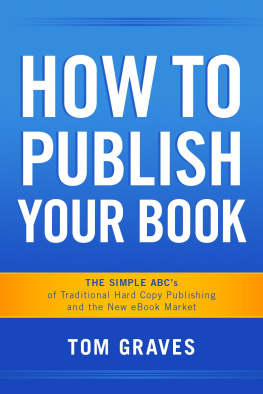
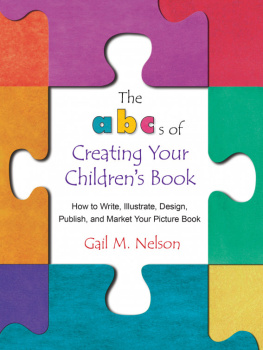
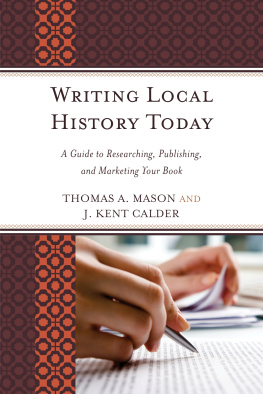
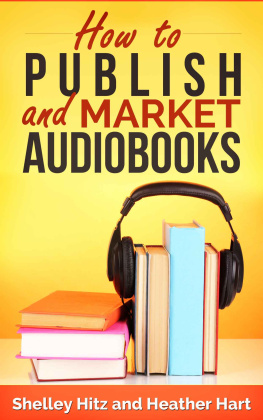
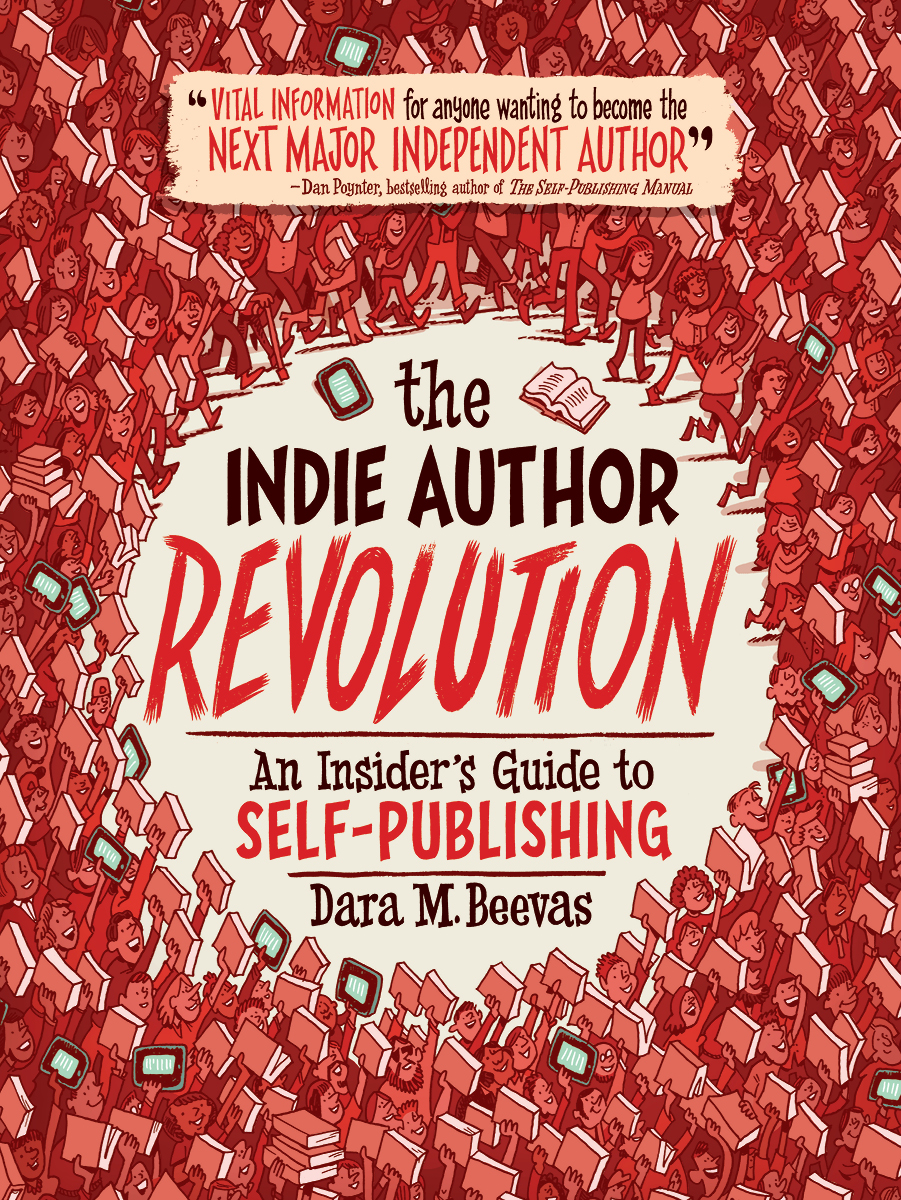

 Introduction
Introduction 